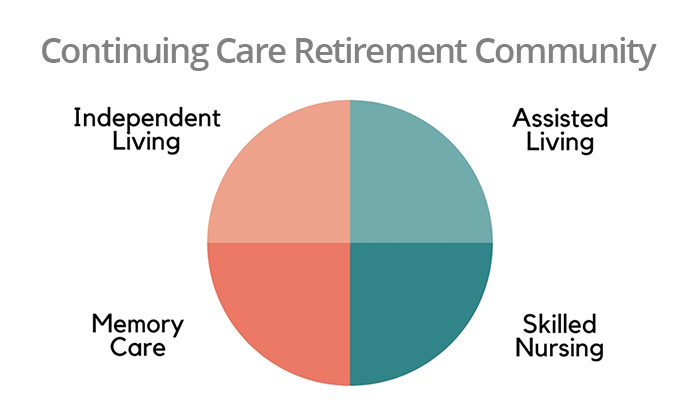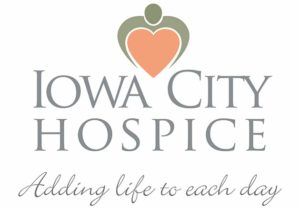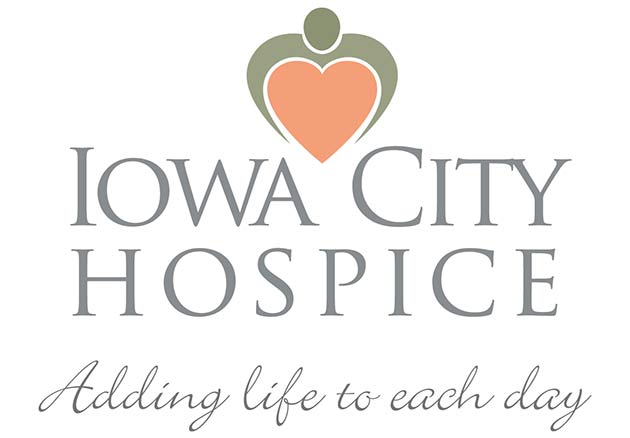Family Caregiver Connection
Helpful tips for family caregivers
January/February 2020
Beginnings and endings. This month we take a new year’s moment to help you reflect upon ways to bring more purpose into your life so the tasks of caregiving become more gratifying. We also offer suggestions for the very last step of your caregiving life: What to do immediately after your loved one dies. And then the continuum in the middle. We look at “continuing care retirement communities” (CCRCs), highlighting some of the pros and cons. Here’s wishing you a fulfilling 2020.
Adding meaning to your life
 Each new year’s dawning seems like a nudge to check one’s personal compass.
Each new year’s dawning seems like a nudge to check one’s personal compass.
Are you headed in the direction you want to be going? Has life seemed just a frenzied dash through the to-do list? Or maybe your past year was dominated by feelings of frustration or futility.
Perhaps you yearn for a sense of meaning.
You are not alone. It turns out that a feeling of purposefulness is important to well-being and the ability to thrive.
Many people think that a life with purpose requires holding and achieving lofty goals. Not so! We don’t have to aspire to know “the meaning of life.” We simply need to know the meaning in our life, very specifically.
New research shows that consciously tying your daily activities to your personal values results in living with a greater sense of meaning or purpose.
So, ask yourself: What do I value? How is that reflected in my daily activities?
Maybe your caregiving tasks this week include taking dad to the doctor. Perhaps arranging for in-home care and arguing with the insurance company about reimbursements. Or even cleaning up after a bathroom mishap. Hardly the stuff of transcendence!
But flip that around. Why do you do these things? The values behind these mundane, or even frustrating, tasks might be
- wanting to give back for care received in your childhood
- that families stick together and look out for each other
- a sense of fairness, sharing the load so one sibling is not shouldering it all
Now consciously link your activities to your values and use this technique to support your well-being. In the midst of an unpleasant caregiving task, remind yourself of its resonance with your personal values. Holding that thought may help you get through a challenging episode and live with a greater sense of fulfillment.
Return to topImmediately after a death
 Upon a loved one’s last breath, you may find yourself a little disoriented.
Upon a loved one’s last breath, you may find yourself a little disoriented.
Respect that otherworldliness.
Families often just sit in silence for a while. Or share chuckles and sweet memories, tears and hugs.
There is no need to rush to call the funeral director.
A body can safely remain at home—or in a facility’s bed—for several hours.
Two things to do immediately
- Write down the time of death. This is essential for a death certificate.
- If your loved one is an organ donor, follow the instructions of the institution involved. Time is of the essence.
Within the first 30 minutes
- Close the eyes and straighten the limbs. (Before the joints start to stiffen.) Place a rolled towel under the jaw to keep the mouth closed.
- Call hospice if your loved one is enrolled in this service.
- Call 911 unless you are already in a facility or working with hospice.
Before you call the funeral home. Contact those who might want to pay last respects. You may want to wash or dress the body. If there are after-death faith traditions, contact clergy to come perform those rituals.
Call the funeral home only when you are ready for the body to be taken. They will come fairly quickly and things will move very fast. This call is the first step into your new life without your relative. Say your final goodbyes before they come. You may or may not want to witness the body’s removal in a body bag.
Once the body is gone
- Divide up the phone calls. Split the list so you call only those friends and relatives who were closest. Others can contact more-distant relations.
- Provide for dependents. If your loved one tended to someone else, make interim arrangements until a long-term plan for their care is mobilized. This goes for pets, too.
What is a "CCRC?"
 A CCRC, or continuing care retirement community, answers the desire to “move just once.” Rather than relocate several times over the course of aging, your loved one can stay on one campus. Even as care needs change.
A CCRC, or continuing care retirement community, answers the desire to “move just once.” Rather than relocate several times over the course of aging, your loved one can stay on one campus. Even as care needs change.
Typically, residents start by moving in to an independent living unit with no support services. When help is needed, they can step up to an assisted living unit. There they are relieved of cooking, cleaning, and more. A memory care unit serves those with dementia. A skilled nursing unit houses those who need 24/7 access to medical attention or rehabilitation.
These communities are typically rich in amenities and resident activities. They are particularly appealing to couples. Mates can live close to each other and visit easily. Convenient when one is totally independent and the other needs care.
Biggest drawback? Expense
CCRCs require a hefty entrance fee—usually in the six figures. And there are monthly fees as well, often quite high. Medicare covers expenses only in very limited circumstances and for a very limited time.
Given the steep entrance fee, it’s important to verify the financial stability of the company running the CCRC. If it goes bankrupt, all that money may be lost.
It’s also wise to have an attorney and a tax advisor review the CCRC contract. Some of the fees may be tax deductible. Take special note of refund options should your loved one want to leave. And find out what happens to the entrance fee upon your relative’s passing. Also, if there are monthly fee obligations until a new resident is found for the unit.
Give it a test
Have your loved one spend at least a few nights on campus before making a commitment. Be sure it’s a good fit. A CCRC is a long-term investment.

